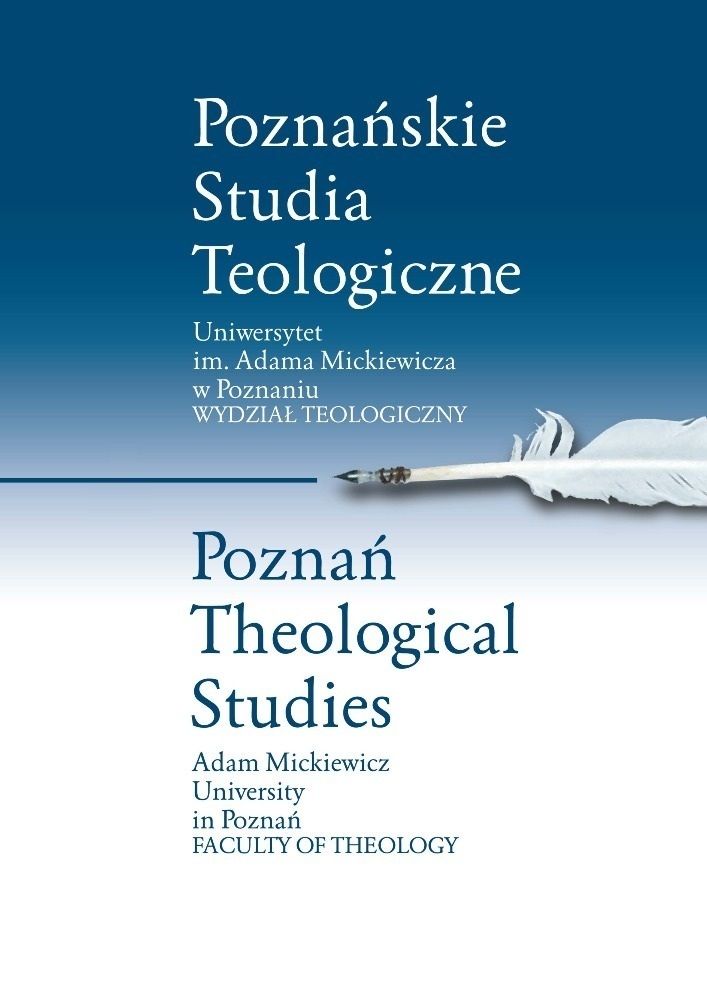Abstract
A study of the terminology of the Revelation of St. John pertaining to sacrificial cult evidences an essential transformation that is brought about by the faith in Jesus Christ. His salvific death on the cross affected a cessation of the Old Testament cult officiated in the Jerusalem Temple and the multiplicity of Old Testament sacrifices came to be replaced by the one and unique sacrifice made by Jesus Christ on the cross for the salvation of the whole world. Thanks to his offering people are liberated from sins that separate them from God and gained direct access to Him, i.e. participation in Divine life – eternal salvation. Speaking of the salvific offering of Jesus Christ the Revelation shows Christ above all as the Lamb who makes an offering of himself and that is why the theological implications relevant to the theme of sacrificial cult in the last book of the Holy Scripture are to be sought in this image. It is noteworthy that the Old Testament sacrificial terminology is virtually absent in the Revelation of St. John because everything that is related to the sacrificial cult is taken over by Jesus Christ. The manifold sacrifices of the Old Testament were merely foretokens of the one and unique sacrifice that Jesus Christ – the Lamb – offered on the cross for the salvation of the whole world. Thus, in the Revelation St. John does not refer any more to the sacrifices of the Old Testament but to the sacrifice of Christ, who redeemed man giving him access to God and this means salvation.License
Copyright
© 2012 Uniwersytet im. Adama Mickiewicza w Poznaniu, Wydawnictwo Naukowe UAM, Poznań
OPEN ACCESS
